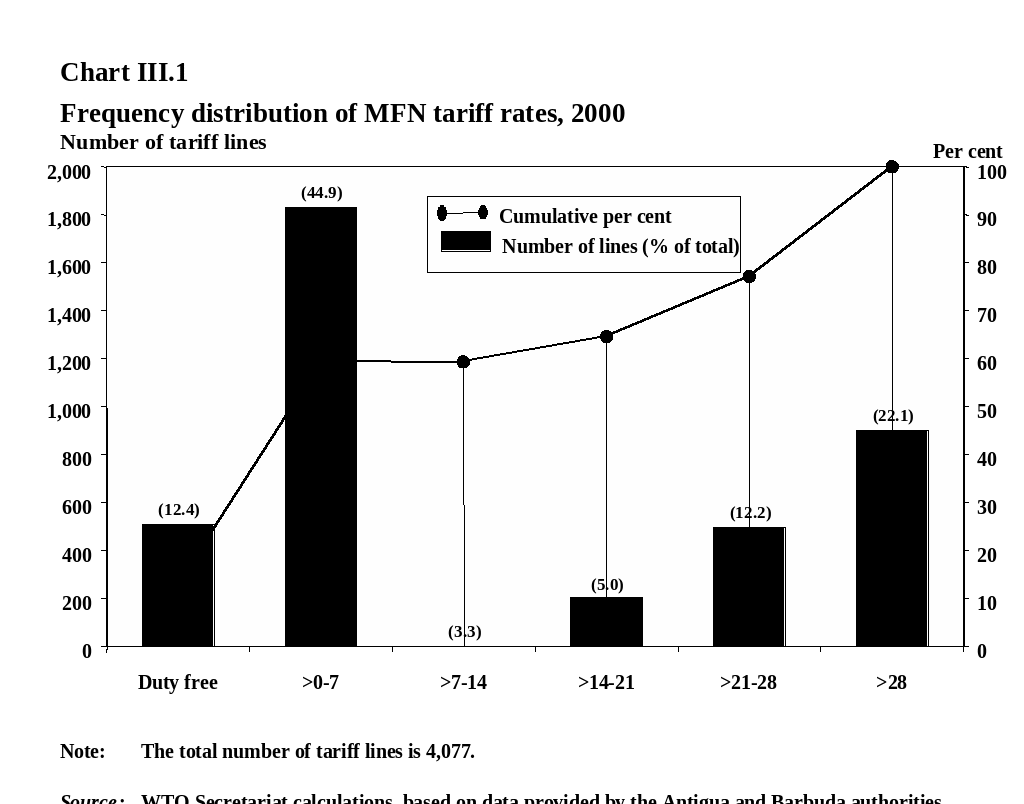ASPECTS OF LEADERSHIP BY CHARLES E MCCALLUM LEADERSHIP IS
WORK INSTRUCTION ENVIRONMENTAL ASPECTS AND IMPACTS REF 252126 MONETARY AND REAL ASPECTS OF THE GREAT DIVERGENCE
8 ASPECTS MULTIPURPOSE TOOL FOR ANALYZING YOUR TEACHING WITH
ADAPTATION OF TORRANCE ASPECTS OF CREATIVITY TO CONSTRUCT OF
ALL ASPECTS OF INDUSTRY ALL ASPECTS OF THE BUSINESSORGANIZATION
ANALISIS KELAYAKAN INVESTASI (ASPEK KEUANGAN) ASPECTS OF FEASIBILITY
ASPECTS OF LEADERSHIP
ASPECTS OF LEADERSHIP
by Charles E. McCallum
Leadership is service. The leader serves those who are led and the organization of which they are members. Viewing the organization as an enduring institution, the leader also serves those who may become its future members.
Leadership is strategic. The leader keeps the organization true to its strategy. The leader’s obligations are to help the organization formulate and articulate its strategy, to make sure strategy is visibly linked to actions, and to lead periodic re-evaluations of strategy in response to changes in the environment.
Leadership is visionary. The leader looks to the future and helps the organization and its members anticipate and prepare for that future. This requires the leader to challenge the organization and its members to move outside their comfort zones.
Leadership is caring. The leader cares deeply about the organization, its mission, its future, and its members. The leader’s goal is to help each person in the organization, whether member, staff, or leadership, achieve that person’s full potential in the organization.
Leadership is developmental. The leader is a builder who seeks to leave the organization and its members better off. The leader also provides for leadership succession, identifying, mentoring, and training potential successors.
Leadership is respectful. The leader respects the people in the organization, whether members, staff, or leadership. The leader understands that he or she is but one in a succession of leaders who have built the organization over the years, and respects their legacy. The leader also understands that he or she cannot command respect, but must earn it.
Leadership is collegial. The leader is part of a leadership team with whom the leader willingly shares leadership responsibilities. The leader is a coach and mentor for that team.
Leadership is transparent. The leader is a persistent, insistent communicator. The leader has no hidden or personal agendas. Leadership proceeds on the premise that informed, collective decisions are the best decisions.
Leadership is true to culture and values. The leader understands the organization’s unique culture, and knows the essential difference between culture, on the one hand, and mere custom and tradition, on the other. The leader embraces, promotes, and seeks to advance the values of the organization.
Leadership is joyful. The leader enjoys the role, finding it energizing and fulfilling. Because the leader genuinely respects and cares for the organization and its members, he or she views leadership as a privilege and honor, not as a burden nor as a means to another end.
1432063
ASEPSIS ASPECTS OF HISTORY OF ASEPSIS THE BEGINNING WAS
ASPECTS OF LEADERSHIP BY CHARLES E MCCALLUM LEADERSHIP IS
ASPECTS OF SUSTAINABILITY – A GRAPHIC ORGANISER THIS GRAPHIC
Tags: leadership by, views leadership, leadership, charles, aspects, mccallum
- KONU CORONA VIRÜS (COVID19) SALGININDAN ETKILENEN SEKTÖRLERDE MUHTASAR VE
- LAS PIRÁMIDES DE EGIPTO LAS PIRÁMIDES SON UNOS DE
- UNA NUEVA RONDA EN LA OMC ¿INTERESA A LA
- DIFERENCIAS ENTRE LA PRIMERA Y LA SEGUNDA PARTE 1º
- REQUEST FOR SPECIAL SERVICES INSTRUCTIONS FOR LABORATORY STAFF
- S AFRAN LE VERNI CRAQUE APRES CHAQUE SUICIDE
- KOMUNIKAT DLA ŚWIADCZENIODAWCÓW PODSTAWOWEJ OPIEKI ZDROWOTNEJ – NIE DOTYCZY
- COUNSELING FACULTY DEPARTMENT MINUTES (UNAPPROVED) MARCH 4 2015 ATTENDANCE
- KESİR ÇEŞİTLERİ 3 TAM SAYILI KESİRLER BIR VEYA
- LISTEN A MINUTECOM VOCABULARY ACTIVITIES HTTPWWWLISTENAMINUTECOMVVOCABULARYACTIVITIESHTML ONE MINUTE A
- O RGANIZACIÓN DE LOS ESTADOS AMERICANOS CONSEJO INTERAMERICANO PARA
- SPANISH 3 SPANISH 3 (YEAR) NCAA APPROVED
- CONTACT JOËLLE TIMMERMANS DIRECTOR OF THE ASSOCIATION “LE
- CO059 LA SPECTROMÉTRIE FTIR UNE NOUVELLE MÉTHODE DE TYPAGE
- HOJA VERDE DE DIAGNÓSTICO MEDIOAMBIENTAL ESCOLAR GUÍA DE ACCIÓN
- VILNIAUS UNIVERSITETAS LIETUVOS PSICHOLOGŲ SĄJUNGA IV PASAULIO LIETUVIŲ PSICHOLOGŲ
- COLUMBIA STATE HISTORIC PARK TODAY COLUMBIA STATE HISTORIC PARK
- EKONOMIMANAJEMEN RINGKASAN PENELITIAN PENDIDIKAN KABUPATENKOTA EFEKTIFITAS BANTUAN OPERASIONAL SEKOLAH
- SỞ GD&ĐT TỈNH BÀ RỊAVŨNG TÀU TRƯỜNG THPT TRẦN
- “EARTH GOES AROUND THE SUNSHINE” [A SECTION] THE EARTH
- PRIJAVNI OBRAZEC 1 JAVNI POZIV ZA IZBOR OPERACIJ IZ
- OBEC BŘÍŠŤANY 31102016 ZÁMĚR PRODEJ STAVEBNÍCH PARCEL OBECNÍ
- PRIVACY NOTICE OF SWILLYMULROY CREDIT UNION LIMITED RECRUITMENT A
- PERATURAN AKADEMIK 2014 BAB I KETENTUAN UMUM
- PERBEKEL DESA SAMPALAN TENGAH KABUPATEN KLUNGKUNG RANCANGAN PERATURAN DESA
- P ROPIEDADES DE LA BISECTRIZ Y DE LA MEDIATRIZ
- FORMULARZ KONSULTACYJNY DO PROGRAMU WSPÓŁPRACY GMINY SOSNOWIEC Z ORGANIZACJAMI
- PERATURAN REKTOR UNIVERSITAS BUNG HATTA NOMOR 1 TAHUN 2008
- SAMPLE DOCUMENT TITLE PAGE FINANCIAL STATEMENTS FOR THE YEAR
- REVOCATORIA DIRECTA DE ACTOS ADMINISTRATIVOS PROFERIDOS POR LA
GUSTOS Y SABORES DE LA INDIA BHARAT – INDIA
7 PIELIKUMS MINISTRU KABINETA 2014 GADA 19AUGUSTA NOTEIKUMIEM NR
 COLUMBIA LAW SCHOOL CLINIC APPLICATIONS AND INFORMATION FOR ALL
COLUMBIA LAW SCHOOL CLINIC APPLICATIONS AND INFORMATION FOR ALLITURRIA WWWLANBIDENET SOLICITUD DE CONVERSIÓN DE JORNADA EN (LOCALIDAD)
6 Р Е П У Б Л И К
2 AVIS AU PROPRIETAIRE DUN BIEN DE L’INTENTION D’INTRODUIRE
SECRETARÍA DE COMUNICACIONES Y TRANSPORTES ANEXO TRABAJOS POR EJECUTAR
ORDENANZAS DE LA COMUNIDAD DE REGANTES “EL CARRACILLO” (SEGOVIA)
5 GRÜNLANDPFLEGE SACHGEMÄSS UND EFFEKTIV VON
 ANTIGUA AND BARBUDA WTTPRS85ATG PAGE 0 WORLD TRADE ORGANIZATION
ANTIGUA AND BARBUDA WTTPRS85ATG PAGE 0 WORLD TRADE ORGANIZATIONNA TEMELJU ČLANKA 51 STAVKA 12 ZAKONA O VATROGASTVU
ALLEGATO “D” FAC SIMILE DI DOMANDA AL DIRIGENTE DELL’AVVOCATURA
[pdk451] `test Unit` Fails Early but `bundle Exec Rake
 PATIENT HEALTH QUESTIONNAIRE – PHQ9 DEPRESSIONEN SIND DIE AM
PATIENT HEALTH QUESTIONNAIRE – PHQ9 DEPRESSIONEN SIND DIE AM LAGRANGE POLICE DEPARTMENT OPERATIONS MANUAL CHAPTER 34 HIRING STANDARDS
LAGRANGE POLICE DEPARTMENT OPERATIONS MANUAL CHAPTER 34 HIRING STANDARDS 73 HISTORIA DE LA FILOSOFÍA 2º BACHILLERATO ADULTOS TEMA
73 HISTORIA DE LA FILOSOFÍA 2º BACHILLERATO ADULTOS TEMADRAFT FOR CONSULTATION – VERSION 19 JUNE NATIONAL STRATEGY
NEWARK ORCHARD SCHOOL GOVERNING BODY ACTION PLAN 20202021 GOVERNORS
BP 4042 PERSONNEL GENERAL EMPLOYEE USE OF TECHNOLOGY THE
 TEACHER BACKGROUND UNIT 17 ON THE BEACH ITS
TEACHER BACKGROUND UNIT 17 ON THE BEACH ITS